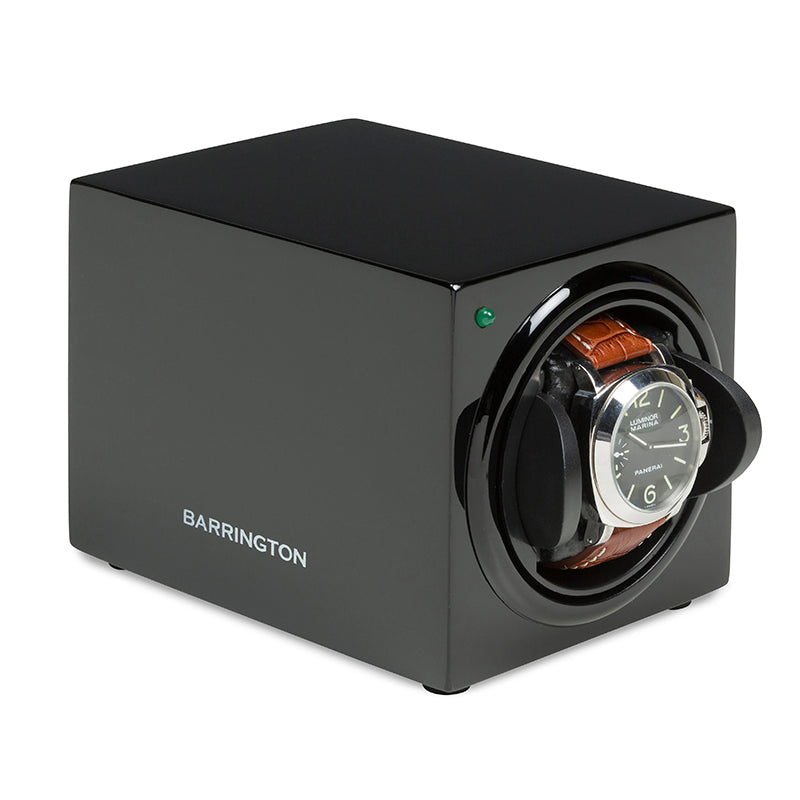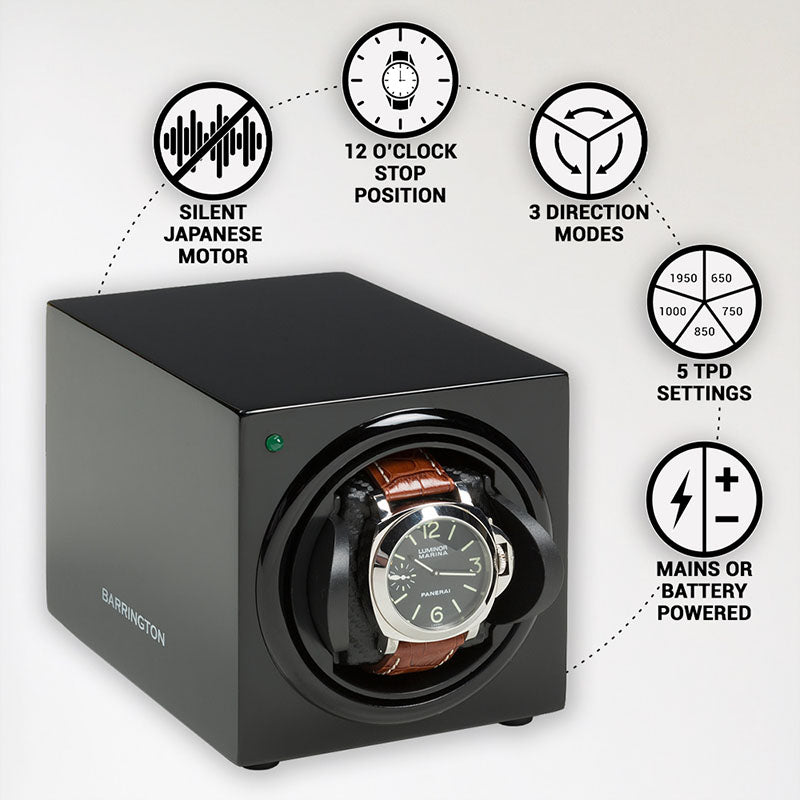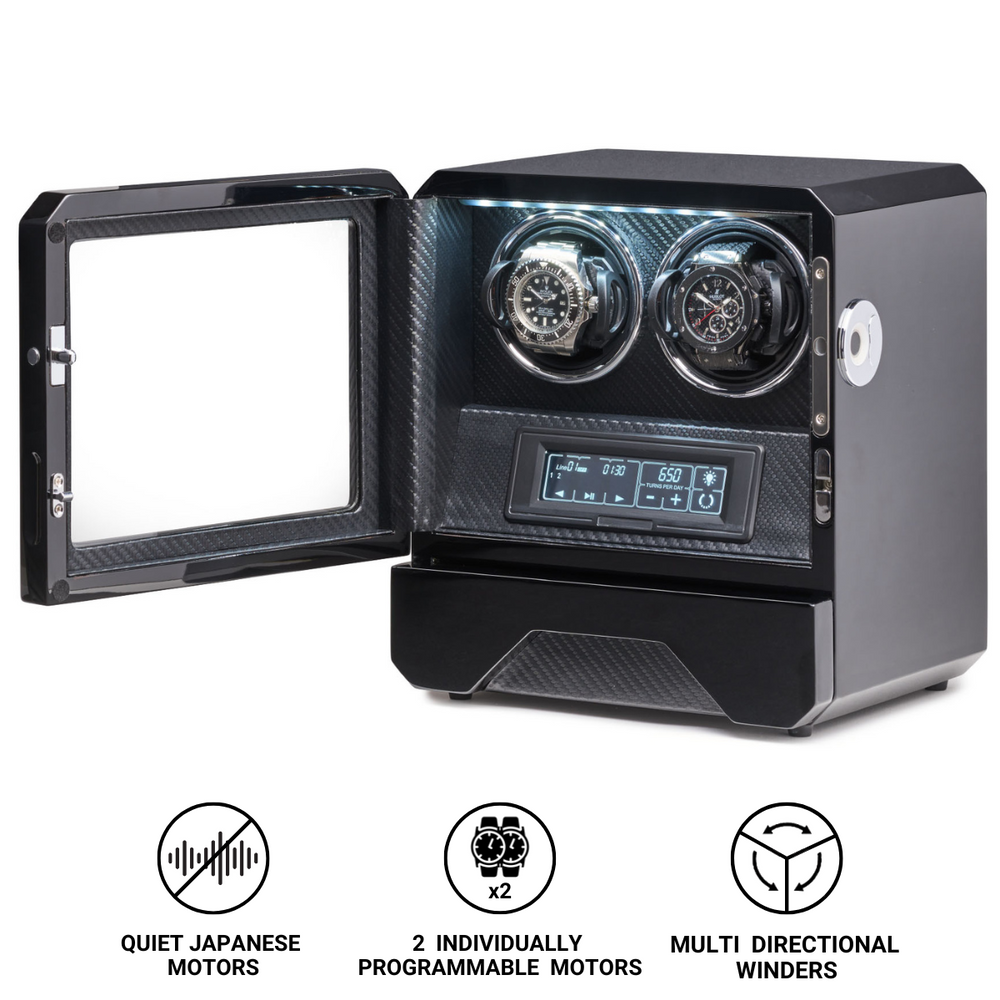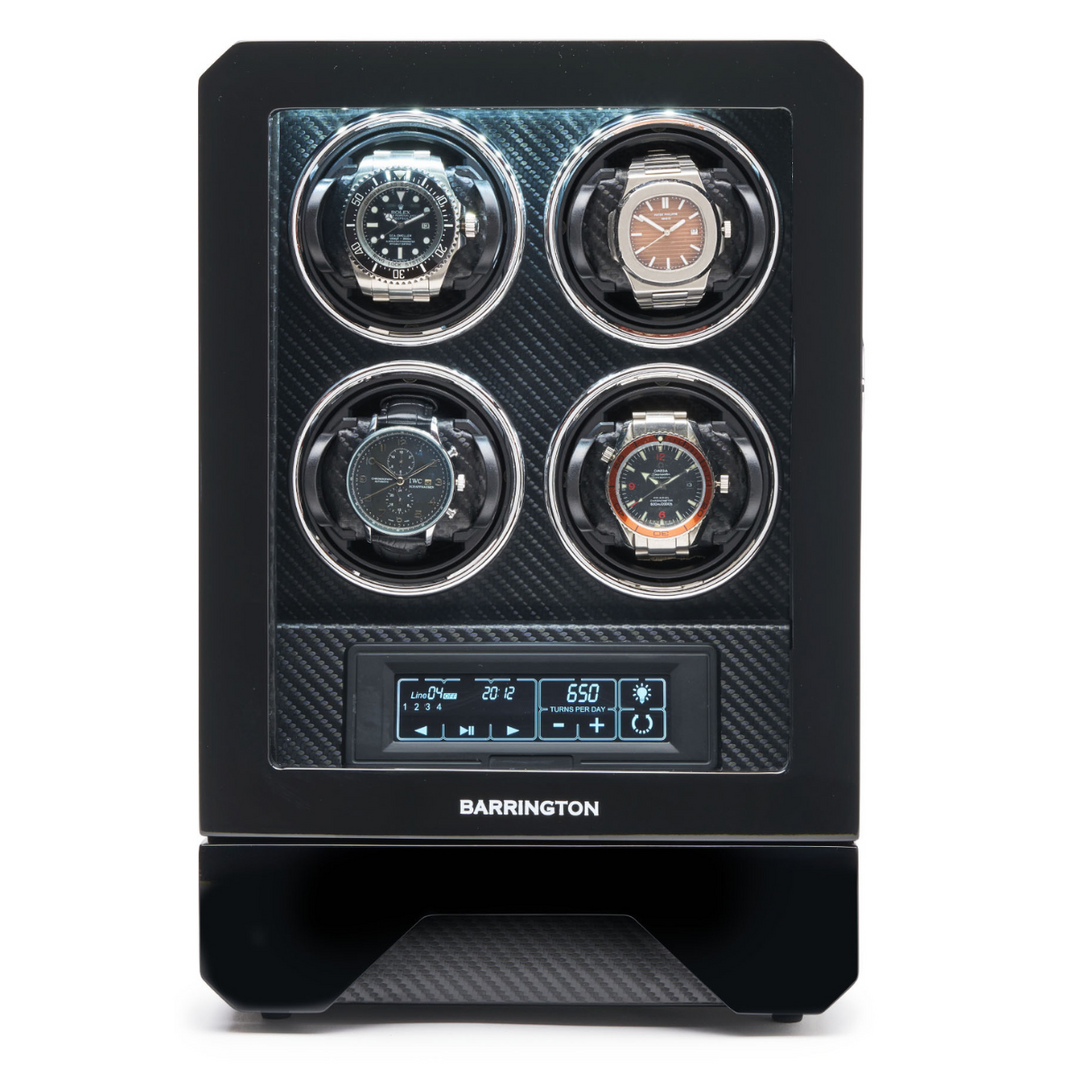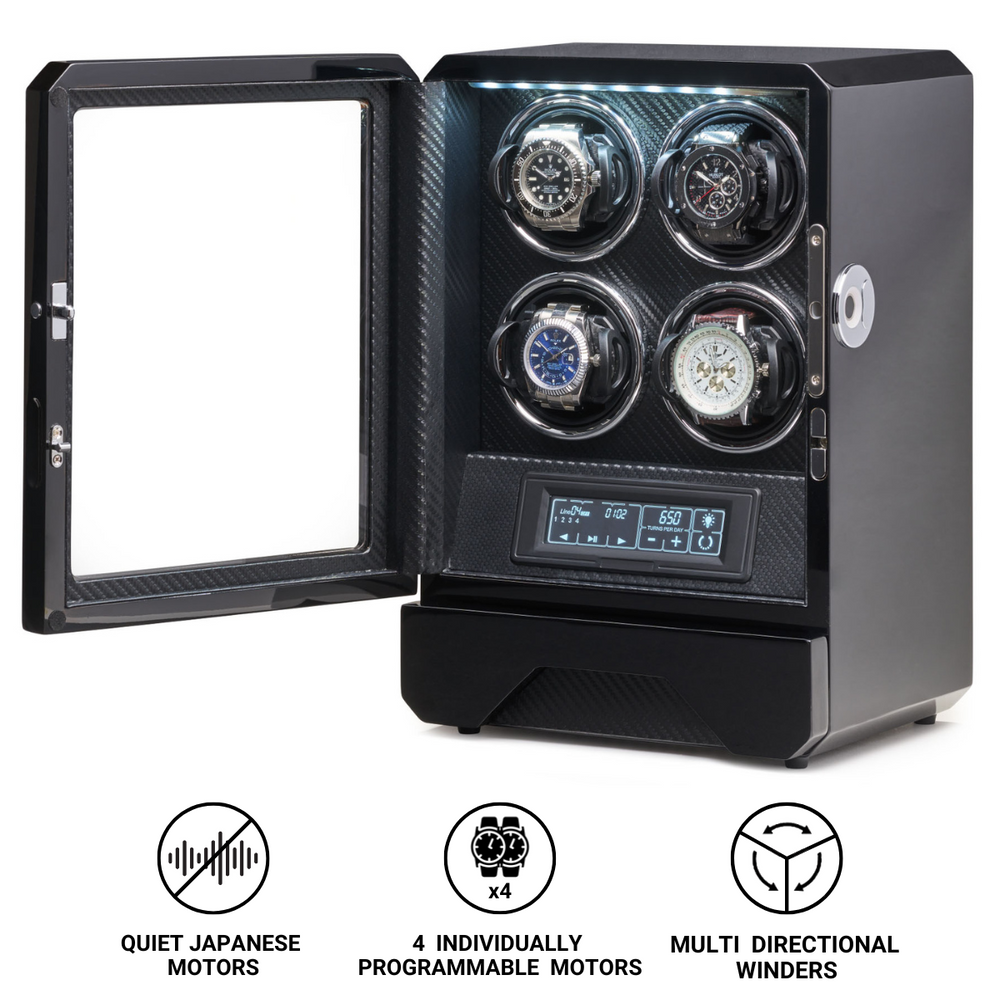What is Ceramic?
In contemporary horology, few materials have reshaped the aesthetics, performance, and longevity of watches as profoundly as ceramic. Once considered too fragile for mechanical applications, ceramic has evolved through decades of scientific advancement to become one of the most desirable materials for high-end watch cases, bezels, and even bracelets.
Known for its scratch resistance, colour permanence, and lightweight feel, ceramic has become a symbol of modern luxury and technical sophistication. Its presence in watchmaking represents the fusion of art, science, and engineering, offering both tactile pleasure and long-lasting durability.
Ceramic watches are not only about function. They embody a philosophy of timeless design that resists the visible passage of time. Where steel can scratch and gold can fade, ceramic remains almost untouched, maintaining its flawless surface for decades.
The Origins of Ceramic in Watchmaking
Ceramic’s journey into watchmaking began relatively recently compared to traditional metals such as gold, steel, and platinum. The material itself, however, is ancient. Humans have been using ceramics for thousands of years to create pottery, tools, and structural materials. What changed in the 20th century was the development of advanced, high-tech ceramics engineered for industrial applications such as aerospace, medical implants, and electronics.
In horology, the first experiments with ceramic took place in the late 1970s and early 1980s, a period when the watch industry was embracing innovation to recover from the Quartz Crisis. Rado was one of the pioneers, introducing the DiaStar in 1962, a model that used a tungsten carbide and sapphire combination marketed as the world’s first scratchproof watch. The brand later refined the use of pure ceramic, launching the Integral in 1986, which became a milestone in material innovation.
Other brands soon followed, each exploring the potential of ceramics in different ways. By the 1990s and 2000s, companies like IWC, Omega, Audemars Piguet, and Chanel had begun incorporating ceramic components into their models, laying the foundation for what would become a defining feature of 21st-century watch design.
What Is Ceramic?
In watchmaking, ceramic refers to a family of inorganic, non-metallic materials created by heating and compressing fine powders of compounds such as zirconium oxide (ZrO2) or aluminium oxide (Al2O3). The result is a material with extraordinary hardness, low weight, and resistance to corrosion and heat.
Unlike metallic alloys, ceramic is chemically inert, meaning it does not oxidise, rust, or tarnish. It is also hypoallergenic, making it ideal for people with sensitive skin. These properties make ceramic an outstanding choice for external watch components that are exposed to the environment and constant wear.
The production of ceramic components begins with a fine powder, which is mixed with pigments and binding agents to form a homogeneous paste. This mixture is shaped into the desired form, often by injection moulding or pressing into a mould. It is then sintered at extremely high temperatures, typically around 1,500 degrees Celsius, where the material densifies and achieves its final hardness. After sintering, the piece is precisely machined and polished, often using diamond tools due to the material’s extreme hardness.
The result is a component that can resist scratches even from steel and quartz. On the Vickers hardness scale, high-tech ceramic measures between 1,200 and 2,000 HV, compared to around 200 HV for stainless steel.
Advantages of Ceramic in Watchmaking
The appeal of ceramic lies not only in its durability but also in its combination of physical and aesthetic qualities.
-
Scratch Resistance
Ceramic is almost impervious to scratches. Even after years of use, a ceramic watch retains its smooth, polished surface, free from the abrasions that inevitably mark metal cases. -
Lightweight Comfort
Despite its strength, ceramic is remarkably light. A ceramic watch often weighs less than its steel equivalent, making it comfortable for daily wear, particularly in larger sports models. -
Colour Stability
Ceramic is dyed before sintering, meaning the colour permeates the material itself. Unlike painted or coated metals, ceramic does not fade or discolour with exposure to UV light, ensuring that black, white, or coloured models maintain their intensity for decades. -
Hypoallergenic and Corrosion-Resistant
Ceramic does not react with sweat or environmental chemicals. It remains cool to the touch, resists corrosion, and is ideal for those with skin sensitivities or allergies to metal alloys. -
Visual and Tactile Appeal
The finish of ceramic—whether glossy, matte, or satin—offers a distinctive visual depth and smoothness that metal cannot replicate. Its tactile sensation is often described as silky or glass-like, adding a unique emotional dimension to wearing a ceramic watch.
Challenges and Limitations
Despite its many advantages, ceramic presents significant manufacturing challenges. The same hardness that makes it resistant to scratches also makes it difficult to machine and prone to shattering under high impact. Ceramic is extremely hard but relatively brittle; it can crack if subjected to a sudden sharp blow, such as dropping the watch onto a hard surface.
To mitigate this, modern watchmakers carefully design the geometry and thickness of ceramic components and often combine them with metals or titanium for structural support. The tolerances in ceramic production are incredibly tight, as the material shrinks during sintering and cannot be reshaped afterward. This demands absolute precision during moulding and firing.
The cost of production is also considerably higher than for metals, which is one reason ceramic watches are often found in the luxury segment. The combination of advanced materials science, meticulous finishing, and aesthetic refinement makes each ceramic component a technical achievement in itself.
Ceramic in Cases and Bezels
The most common use of ceramic in watches is for bezels and cases, where its resistance to scratching and colour fading is most beneficial.
-
Bezels: Ceramic bezels are particularly popular in sports and diving watches, where they endure constant friction, saltwater exposure, and sunlight. Rolex’s Cerachrom, Omega’s Liquidmetal, and TAG Heuer’s ceramic tachymeter rings are all examples of how the material has revolutionised bezel durability and appearance. The engraved numerals or scales are often filled with precious metals such as platinum or gold to enhance legibility and contrast.
-
Cases: Entire watch cases made from ceramic provide both luxury and practicality. Brands like Audemars Piguet with the Royal Oak Offshore, Hublot with its Big Bang Unico, and Omega with the Dark Side of the Moon series have demonstrated that ceramic can deliver a combination of robustness and elegance. Ceramic cases also maintain a flawless finish, immune to micro-scratches that would dull a polished steel surface.
While fully ceramic watches were once rare, improvements in production have made them more accessible. Many brands now offer models that combine ceramic cases with metal or composite components to balance strength and flexibility.
Types of Ceramic Finishes
Ceramic is a remarkably versatile material that can be finished in various textures and colours.
-
Polished Ceramic
Achieved through high-precision polishing, this finish delivers a mirror-like shine comparable to enamel or glass. It is most often used in luxury dress watches or to accentuate the smooth contours of contemporary designs. -
Matte or Satin Ceramic
Created through sandblasting or controlled abrasion, this finish offers a more technical and subdued look, often preferred in tool or sports watches. It reduces glare and highlights the structure of the case. -
Coloured Ceramic
Modern techniques allow ceramic to be produced in a wide range of hues beyond traditional black and white. Blue, grey, green, and even red ceramics are now used in limited editions and artistic models. The colour is embedded within the material and will not fade over time.
Ceramic in Modern Watchmaking
Ceramic has become a cornerstone of contemporary watch design, symbolising progress and innovation. Its use extends beyond cases and bezels to bracelets, crowns, and even movement components in some advanced calibres.
In recent years, brands such as Omega and Longines have introduced full-ceramic cases that are both visually striking and highly durable. Chanel’s J12, first introduced in 2000, remains one of the most iconic ceramic watches ever created, proving that the material could embody elegance as much as resilience.
Technological advancements have also led to hybrid ceramics, where ceramic is fused with other materials such as metal alloys or carbon fibre. These combinations further improve shock resistance while retaining ceramic’s desirable properties.
For high-performance models, ceramic’s anti-magnetic qualities and resistance to extreme temperatures add functional benefits that extend beyond aesthetics. Whether used in a professional diver’s watch or a haute horlogerie masterpiece, ceramic reflects a forward-thinking approach to design and material science.
The Future of Ceramic Watches
As research continues, the use of ceramic in watchmaking will only expand. Innovations such as silicon nitride and zirconia composites promise even greater toughness and flexibility. 3D printing technologies may eventually allow for complex ceramic geometries that were once impossible to produce by traditional methods.
At the same time, designers are exploring new finishes and colour treatments that make ceramic not only a technical marvel but also an artistic medium. The material’s ability to retain its perfect surface ensures that ceramic watches remain symbols of permanence in a world defined by change.
The continued investment by leading brands in ceramic technology demonstrates a clear truth: the material is no longer a novelty but a fundamental part of modern horology.
Conclusion
Ceramic has transformed the landscape of watchmaking. Its unparalleled scratch resistance, colour stability, and lightness have elevated it from an experimental material to a cornerstone of contemporary design. It offers a unique combination of practicality and beauty, appealing to collectors and everyday wearers alike.
While challenging to produce, ceramic’s benefits far outweigh its complexities. It embodies the modern watchmaker’s ambition to create objects that are not only functional instruments but lasting works of art.
In an age when materials define identity, ceramic represents endurance, innovation, and refinement. It is the material that refuses to age, capturing the spirit of modern horology in its purest, most enduring form.


